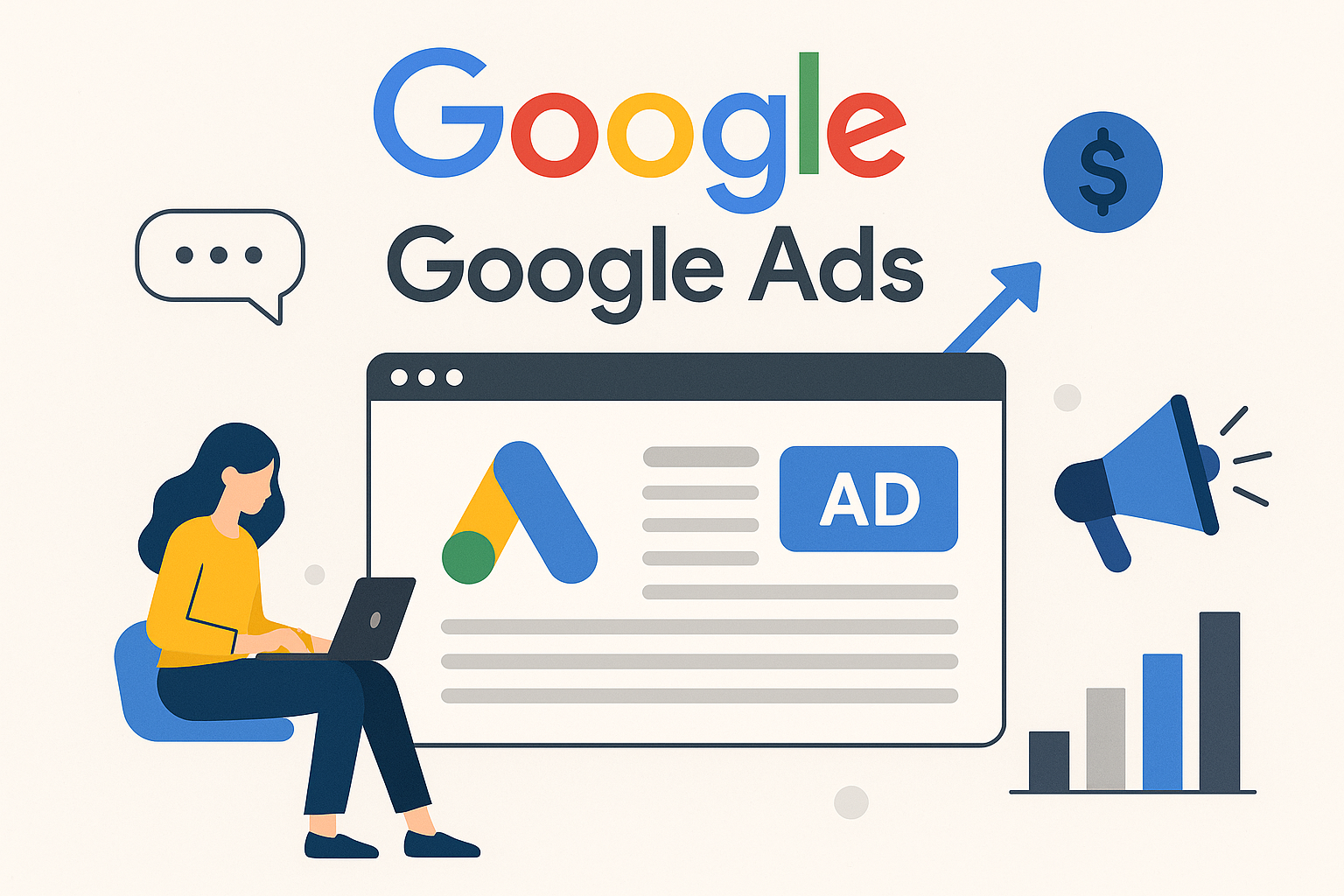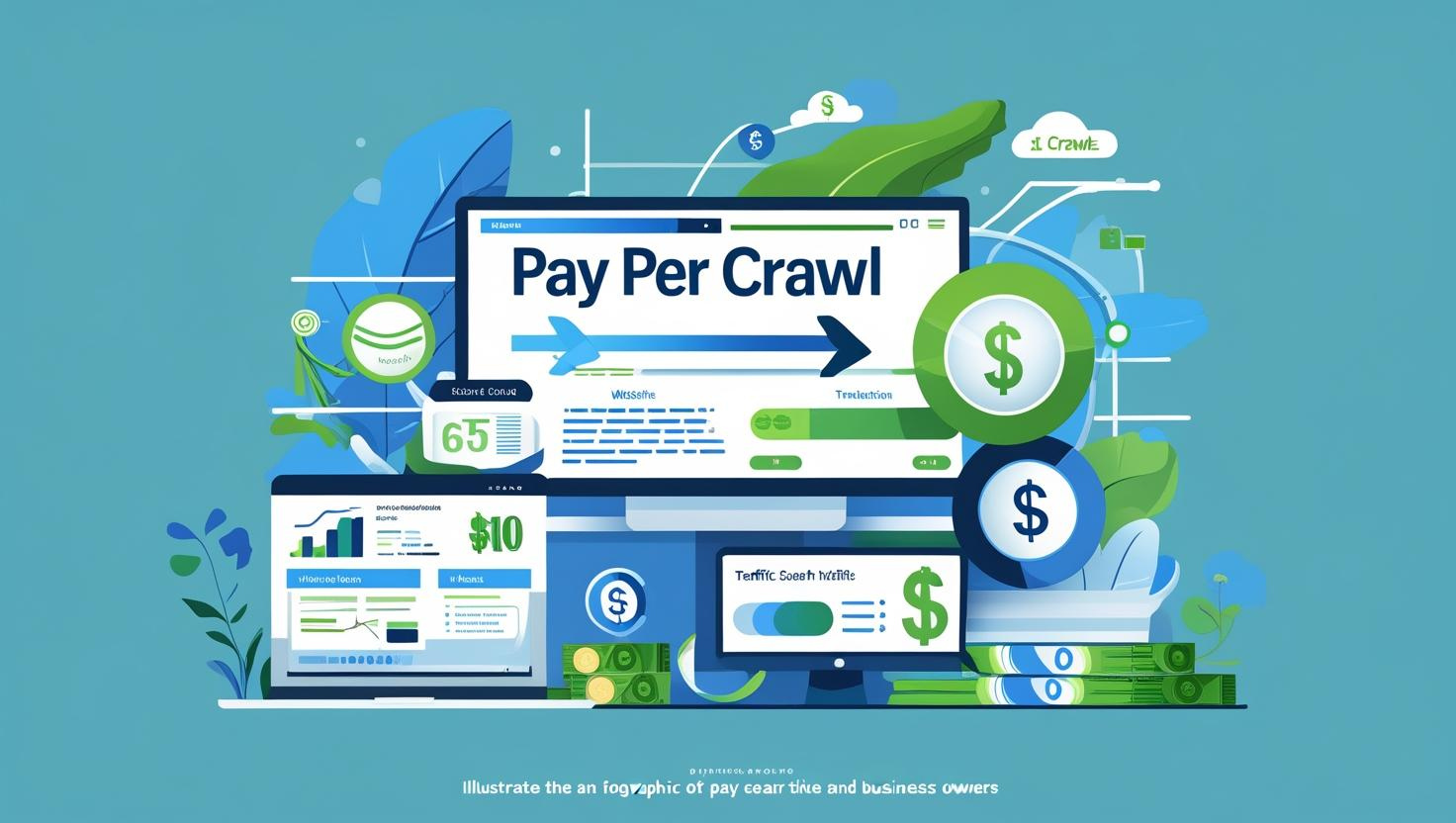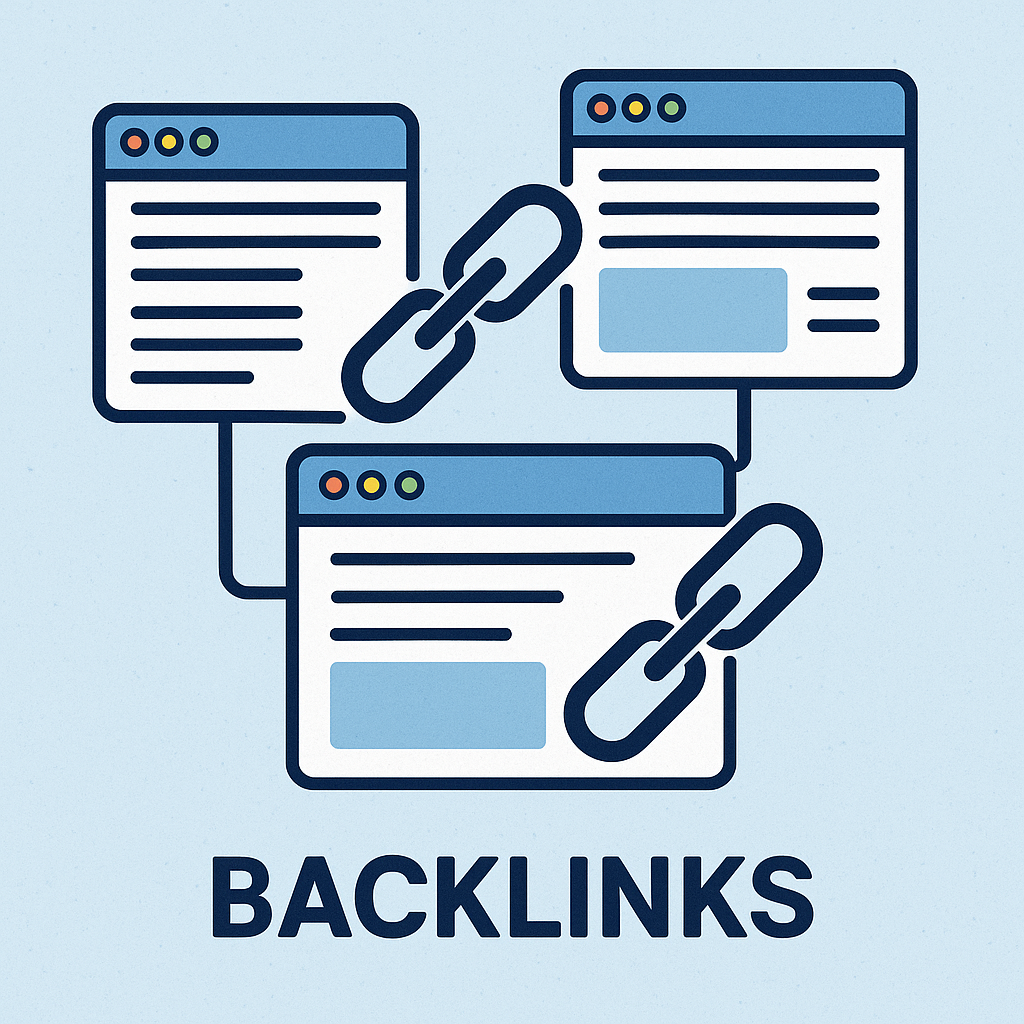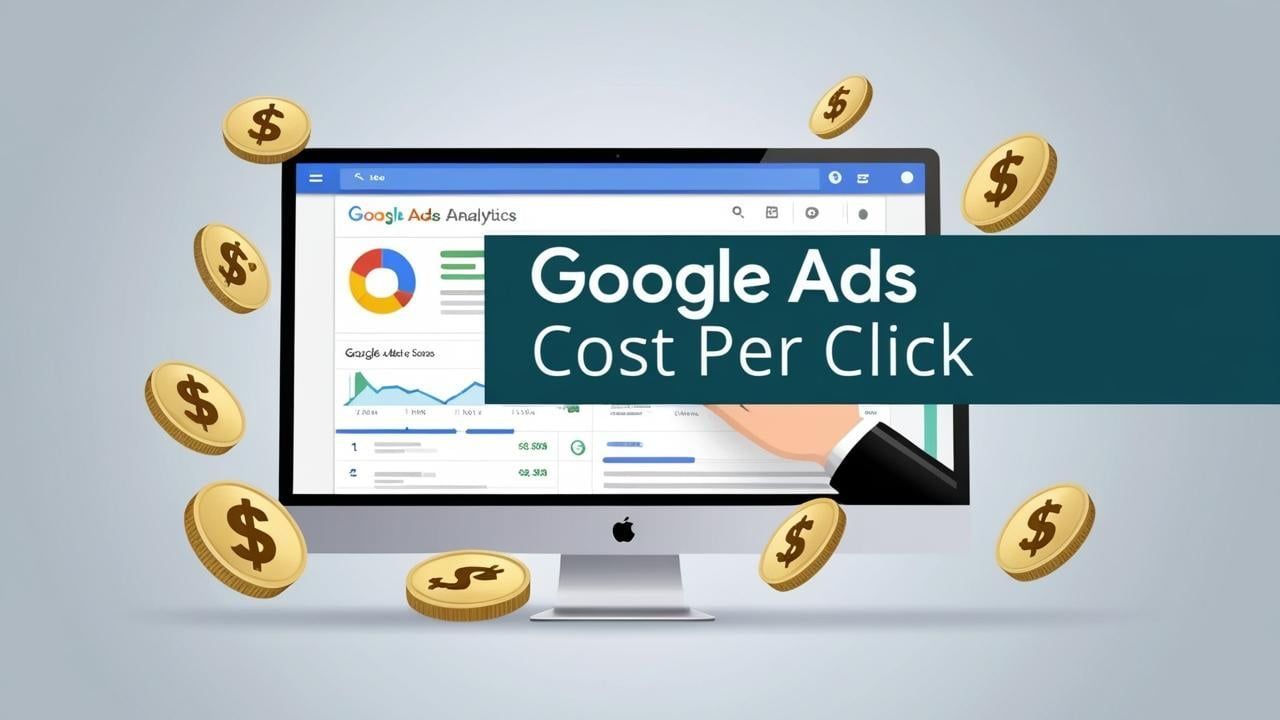Understanding Google Ads and Its Impact
Key Benefits Expanded
- Targeted Reach: Google Ads provides a suite of targeting options that go beyond basic demographics, allowing businesses to target users based on specific interests, online behaviors, and even life events. This precision ensures that ads are shown to users more likely to engage with and convert based on their current needs and interests. For example, an advertiser can target users who are frequent travelers with ads for travel insurance or hotel deals, ensuring the ads reach a receptive audience.
- Measurable Results: One of the standout features of Google Ads is its comprehensive measurement capabilities. Advertisers can track a multitude of metrics, such as click-through rates (CTR), conversion rates, and cost per acquisition (CPA). This data is invaluable for optimizing campaigns and ensuring that advertising dollars are spent efficiently. By analyzing conversion paths, businesses can understand customer journeys, identify bottlenecks, and refine strategies to improve ROI. For instance, if data shows that a particular keyword drives high traffic but low conversions, it may indicate a disconnect between ad messaging and landing page content, necessitating adjustments.
- Scalability: Google Ads provides scalability unmatched by traditional advertising methods. Whether a business is launching a new product in a local market or expanding its reach globally, Google Ads can accommodate varying budgetary constraints and objectives. The platform's auction-based system ensures that businesses can maintain control over spending, allowing for adjustments in real-time to maximize effectiveness and reach. This scalability is particularly beneficial for seasonal campaigns or product launches, where businesses need to ramp up visibility quickly.
Statistics Expanded
- Google processes an astounding 3.5 billion searches per day, offering businesses an unparalleled opportunity to capture a fraction of this traffic with well-optimized ads.
- On average, businesses generate $2 in revenue for every $1 spent on Google Ads, highlighting the platform's efficacy in driving profitable actions.
The Importance of Quality Score
Quality score is a pivotal component in the Google Ads ecosystem, significantly influencing ad positioning, cost-per-click (CPC), and overall campaign effectiveness. A higher quality score often translates into better ad positioning and lower costs, making it a critical metric for advertisers to monitor and improve continually. Google uses quality scores to ensure that users see relevant ads that enhance their search experience, ultimately benefiting advertisers who prioritize ad and landing page quality.
Improving Quality Score Expanded
- Ad Relevance: Crafting ad text that closely aligns with targeted keywords and user search intent is crucial. This involves not just keyword inclusion but also delivering a message that resonates with user needs and prompts action. For instance, if targeting the keyword "affordable digital cameras," the ad text should highlight budget-friendly pricing, quality, and perhaps a unique selling proposition such as a warranty or customer service excellence.
- Landing Page Experience: The landing page must provide a seamless experience that matches the ad's promise. This involves ensuring fast load times, mobile compatibility, and a clear call-to-action. Moreover, the content should be relevant and informative, guiding users toward conversion with ease. Analytics tools can help identify areas for improvement by tracking bounce rates, time on site, and user interactions.
- Ad Testing: Regular A/B testing of ad copies can provide insights into what resonates with the target audience. By experimenting with different headlines, descriptions, and calls-to-action, advertisers can identify which combinations yield the highest CTRs and conversions. This iterative process is essential for maintaining high relevance and engagement levels.
Finding a Trustworthy Google Ads Manager
The right Google Ads manager can be the difference between a mediocre campaign and a highly successful one. A skilled manager not only ensures that ads are optimized for performance but also that they are cost-effective, maximizing return on investment.
Key Qualities to Look For Expanded:
- Proven Track Record of Successful Campaigns: When evaluating potential managers, look for evidence of past successes. This could be in the form of case studies, testimonials, or even data showcasing how they have improved other businesses' campaign performances. A manager with a history of driving growth and achieving targets in similar industries is often a good bet for success.
- Strong Analytical Skills: A competent manager should excel in data analysis, capable of interpreting complex datasets to extract actionable insights. They should be adept at using analytics tools to track performance, identify trends, and make informed decisions that drive campaign success. This includes understanding audience segments, conversion paths, and attribution models.
- Transparent Reporting Practices: Regular, clear, and detailed reporting is crucial for maintaining transparency and accountability. A good manager will provide insights into how the budget is being utilized, what strategies are being employed, and how these correlate with business goals. This transparency builds trust and ensures alignment with overall marketing objectives.
- Up-to-date Knowledge of Google Ads Policies and Updates: Google Ads is a dynamic platform with frequent updates and policy changes. A manager who stays informed about these changes ensures that campaigns remain compliant and leverage new features effectively. This can include updates on ad formats, targeting capabilities, and bidding strategies.
Types of Google Ads Campaigns
Google Ads offers various campaign types, each tailored to different business objectives and audience engagement strategies. Understanding these campaign types is essential for selecting the right approach to meet specific goals.
Search Campaigns Expanded
Search campaigns are ideal for capturing user intent when they actively seek products or services. These text ads appear at the top of search results, making them highly effective for generating immediate responses.
- Example Expanded: A plumbing service targeting keywords like "emergency plumber near me" effectively reaches users who are in urgent need of plumbing services. By including a call extension in the ad, users can quickly contact the service provider, enhancing the likelihood of conversion during a critical moment of need.
Display Campaigns Expanded
Display campaigns are perfect for building brand awareness and reaching potential customers during their online activities. These visual ads can appear on millions of websites and apps, targeting users based on interests, demographics, and browsing behavior.
- Example Expanded: A clothing brand can leverage display campaigns by showcasing new arrivals or seasonal promotions through visually appealing banners on popular fashion blogs, lifestyle websites, and even mobile apps. This strategy not only builds brand recognition but also keeps the brand top-of-mind for fashion enthusiasts who may not yet be in the purchase phase.
Shopping Campaigns Expanded
Shopping campaigns are a boon for e-commerce businesses, providing users with detailed product information directly within search results. These campaigns can drive high-quality leads by showcasing product images, prices, and merchant names.
- Example Expanded: An online electronics store can use shopping campaigns to promote its latest smartphone models. By displaying product images and prices directly on the search page, users can compare options and make informed purchasing decisions without needing to click through to multiple sites. This transparency can lead to increased trust and higher conversion rates.
Video Campaigns Expanded
Video ads are a powerful way to engage users through dynamic content. These ads appear on YouTube and across the Google Display Network, ideal for storytelling, demonstrating product features, or conveying brand values.
- Example Expanded: A fitness brand can create engaging, short workout tutorial videos that not only demonstrate product usage but also provide value to viewers. By including a call-to-action directing viewers to a subscription page or online store, the brand can drive traffic and increase conversions from a highly engaged audience.
Performance Max Campaigns Expanded
Performance Max campaigns are the newest addition to the Google Ads portfolio, leveraging the power of machine learning to optimize performance across Google’s entire inventory. These campaigns are designed to maximize conversions by automatically distributing ads across search, display, shopping, and video formats based on user engagement and conversion data.
- Example Expanded: A travel agency utilizing Performance Max can benefit from automated ad placement that adapts to user interactions, ensuring ads are shown to the right users at the right time. By focusing on data-driven insights, the agency can optimize for conversions, whether that’s booking flights, hotels, or travel packages, ultimately increasing return on ad spend.
Effective Bid Strategies and Ad Scheduling
Selecting the right bid strategy is critical for campaign success, directly impacting ad performance and budget efficiency. There are several strategies available, each suited to different objectives.
Effective Bid Strategies Expanded:
- Manual CPC (Cost-Per-Click): This strategy provides full control over bid amounts, allowing advertisers to adjust based on performance and budget constraints. It is particularly beneficial for campaigns where precise cost management is essential. Advertisers can focus on high-performing keywords while minimizing spend on underperforming ones.
- Enhanced CPC: Enhanced CPC adjusts manual bids for clicks more likely to convert, blending control with automation. This strategy is ideal for advertisers seeking to optimize conversions while maintaining some level of bid management. It leverages historical data to make informed adjustments, often resulting in a higher return on investment.
- Target CPA (Cost-Per-Acquisition): This automated strategy sets bids to achieve a specific CPA goal, making it suitable for campaigns focused on cost efficiency. By leveraging machine learning, Google Ads adjusts bids in real-time to achieve the desired CPA, optimizing for conversions while controlling costs.
Ad Scheduling Expanded:
- Peak Times: Effective ad scheduling involves running ads during peak times when the target audience is most active. This strategy maximizes exposure and engagement by aligning ad delivery with user activity patterns. For example, a restaurant might schedule ads to run during lunchtime and dinner hours, capitalizing on users searching for dining options.
- Budget Management: Adjusting bids or pausing ads during off-peak hours ensures that the budget is allocated efficiently. By analyzing performance data, advertisers can identify times of day or days of the week when ads perform best and adjust schedules accordingly to maximize impact.
Utilising Ad Extensions for Maximum Impact
Ad extensions, now known as assets, enhance ads by providing additional information and increasing visibility. These extensions can significantly boost click-through rates by offering users more opportunities to engage with ads.
Common Ad Extensions Expanded:
- Sitelink Extensions: These extensions allow advertisers to direct users to specific pages on their website, such as a promotions page or contact page. By providing direct links to relevant content, sitelink extensions can improve user experience and increase conversion opportunities.
- Call Extensions: Adding a phone number to an ad enables users to call a business directly with one click, streamlining the process for customers ready to take action. This is particularly useful for service-based businesses or those with complex sales processes where a phone call can facilitate conversion.
- Location Extensions: Showing a business address in an ad helps users find a physical location easily. This extension is invaluable for brick-and-mortar businesses looking to drive foot traffic, as it provides potential customers with directions and proximity information.
Campaign Goals for Lead Generation and Ecommerce
Defining clear campaign goals is essential for optimizing performance and ensuring alignment with overall business objectives.
Campaign Goals Expanded:
- Lead Generation: Campaigns focused on lead generation aim to capture contact information through forms, calls, or interactions. Strategies might include offering free consultations, downloadable resources, or exclusive content to entice users to provide their information. These campaigns should prioritize nurturing leads through follow-up communications and targeted content that moves prospects along the sales funnel.
- Ecommerce: Ecommerce campaigns should prioritize driving sales and increasing average order value. This can be achieved by highlighting special promotions, bundle offers, or limited-time discounts that encourage users to make a purchase. Additionally, implementing remarketing strategies can help re-engage users who have shown interest but have not yet converted, ultimately increasing sales.
The Role of Google Analytics 4 in Campaign Tracking
Google Analytics 4 (GA4) offers robust tracking capabilities, providing insights into user behavior and campaign performance across platforms and devices.
Key Benefits Expanded:
- Cross-platform Tracking: GA4 allows for seamless tracking of user interactions across multiple devices and platforms, providing a holistic view of the customer journey. This cross-platform capability is essential for understanding how users interact with brands throughout different stages of their online experience, enabling more targeted and effective marketing strategies.
- Enhanced Measurement of User Interactions: GA4 automatically tracks detailed user actions such as video plays, scroll depth, and site searches. This enhanced measurement provides a deeper understanding of how users engage with content, allowing for more informed decisions when optimizing campaigns and user experiences.
- Improved Reporting and Analysis Tools: GA4’s intuitive reporting tools make it easier to identify trends, track performance, and make data-driven decisions. These insights enable advertisers to adapt strategies based on real-time data, ensuring that campaigns remain relevant and effective in achieving their objectives.
FAQ
- What is the quality score in Google Ads? Quality score is a diagnostic tool in Google Ads that measures the relevance and quality of your keywords and ads, affecting your ad positioning and cost. It serves as a critical metric for improving campaign performance, ensuring that ads are relevant to user searches and providing a positive user experience.
- How do I choose the right Google Ads campaign type? Selecting the right campaign type involves aligning business objectives with the nature of the campaign. Consider factors such as the target audience, product or service type, and the desired outcome, whether it’s brand awareness, lead generation, or ecommerce sales. Understanding the strengths of each campaign type helps in making an informed choice.
- Why is Google Analytics 4 important for my campaigns? Google Analytics 4 provides detailed insights into user behavior, helping you optimize campaigns for better performance. By tracking and analyzing data across web and app environments, GA4 ensures a comprehensive understanding of audience interactions, enabling more effective marketing strategies that are tailored to user needs and preferences.
Checklist for Google Ads Success
- Set clear campaign goals aligned with business objectives, ensuring that every campaign has a defined purpose and measurable outcomes.
- Conduct thorough keyword research to identify high-potential search terms that align with user intent and drive relevant traffic.
- Regularly optimize ad copy and landing pages to improve relevance and conversion, ensuring consistency and alignment with user expectations.
- Use ad extensions to enhance visibility and provide additional user information, maximizing engagement opportunities.
- Monitor performance using Google Analytics 4 to adapt strategies based on data insights, ensuring campaigns remain effective and aligned with objectives.
Conclusion
Mastering Google Ads requires a strategic approach that encompasses understanding quality scores, selecting the right campaign types, and implementing effective bid strategies. With the right management and tools, businesses can achieve remarkable results, driving both visibility and conversions. At Canvas Marketing Solutions, we are dedicated to helping businesses harness the full potential of Google Ads for sustainable growth. For more insights, visit our services page to see how we can elevate your business.










